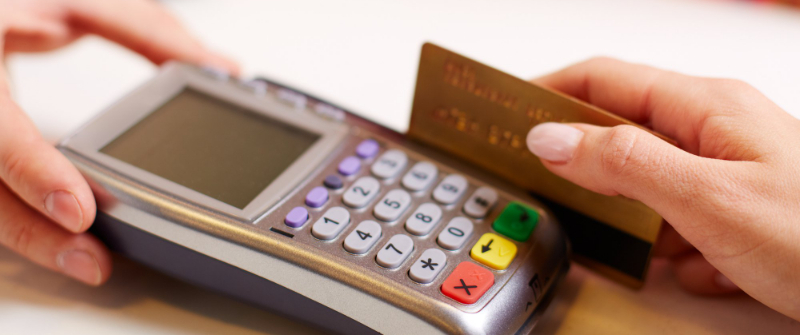Digital payment innovation has revolutionized the landscape of global financial transactions and commerce, transforming how individuals, businesses, and governments interact financially. The shift from traditional cash-based and card-centric payment systems to digital platforms has created a more seamless, efficient, and inclusive financial ecosystem. At the heart of this transformation is the proliferation of technologies such as mobile wallets, blockchain, contactless payments, and artificial intelligence, which have collectively enhanced convenience, speed, and security in financial exchanges worldwide. One of the most significant impacts of digital payment innovation is the democratization of access to financial services. In many developing regions where traditional banking infrastructure is sparse, mobile payment platforms have enabled millions of unbanked and under banked populations to participate in the formal economy. For instance, mobile money services in Africa, such as M-Pesa, have provided users the ability to store, send, and receive money using just a mobile phone, bypassing the need for a physical bank account.

This inclusion not only empowers individuals economically but also drives local commerce by facilitating everyday transactions, bill payments, and micro-lending, thereby stimulating broader economic growth. The convenience offered by digital payments is reshaping consumer behavior and business operations globally. Consumers today expect frictionless payment experiences that are fast, secure, and accessible across various devices and platforms. Contactless payments using near-field communication NFC technology, QR codes, and biometric authentication have reduced the need for physical cash or cards, accelerating checkout times and improving customer satisfaction. For merchants, go right here digital payment systems simplify cash management, reduce fraud risks, and provide valuable data insights to tailor marketing strategies and optimize inventory. Blockchain and cryptocurrencies further exemplify the innovation in this space by introducing decentralized and transparent transaction methods.
These technologies have the potential to lower transaction costs, reduce intermediaries, and enable cross-border payments to be completed almost instantly, overcoming challenges associated with traditional correspondent banking systems. While regulatory uncertainty and volatility remain obstacles, the integration of blockchain in financial services continues to grow, particularly in areas such as remittances, trade finance, and digital identity verification. Artificial intelligence and machine learning are also playing crucial roles in enhancing payment systems. They enable real-time fraud detection, personalized financial advice, and smarter credit scoring by analyzing vast amounts of transaction data. This not only improves security but also fosters trust in digital payment platforms. Furthermore, AI-driven chatbots and virtual assistants have made customer service more responsive and accessible, providing users with immediate support and guidance. The COVID-19 pandemic accelerated the adoption of digital payments, as restrictions on physical contact and increased online shopping heightened demand for contactless and remote payment solutions.
